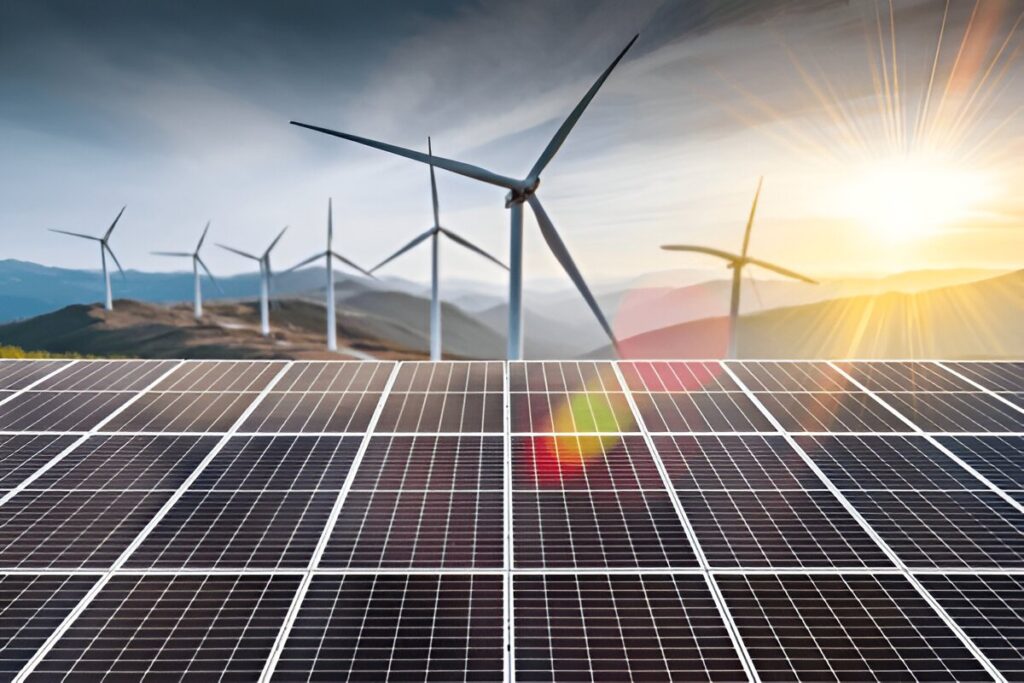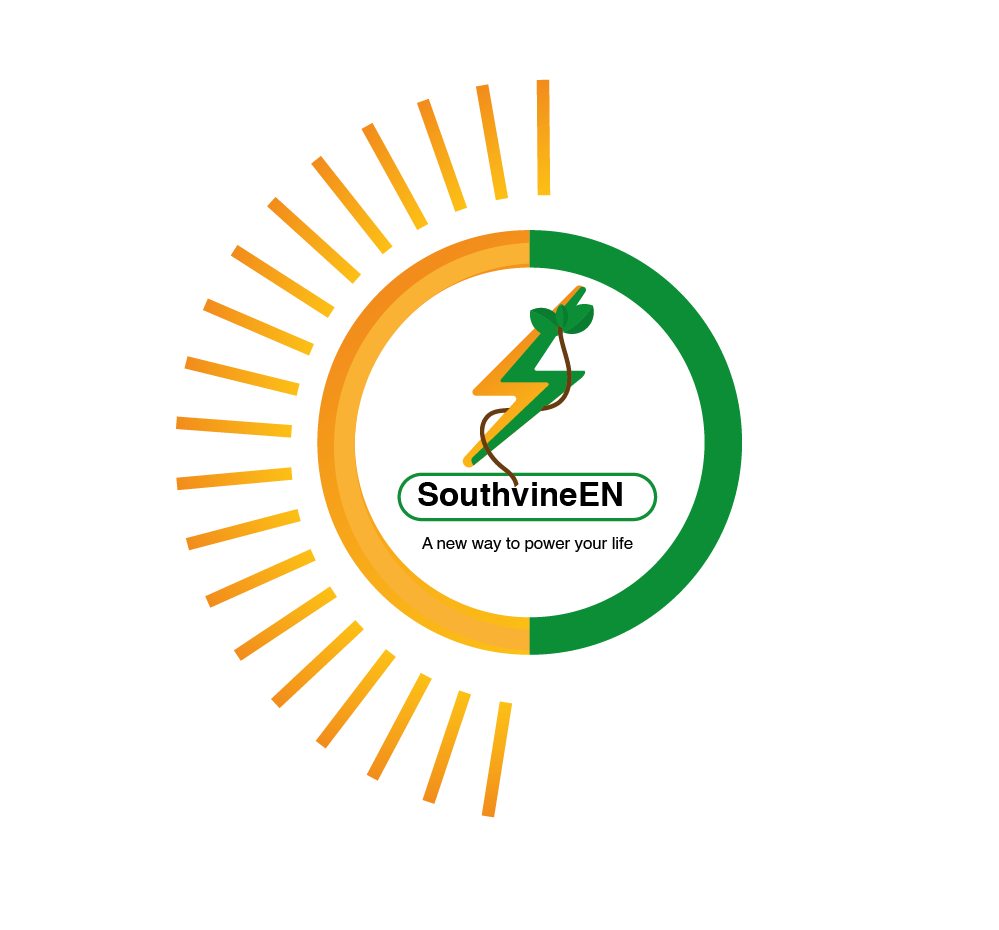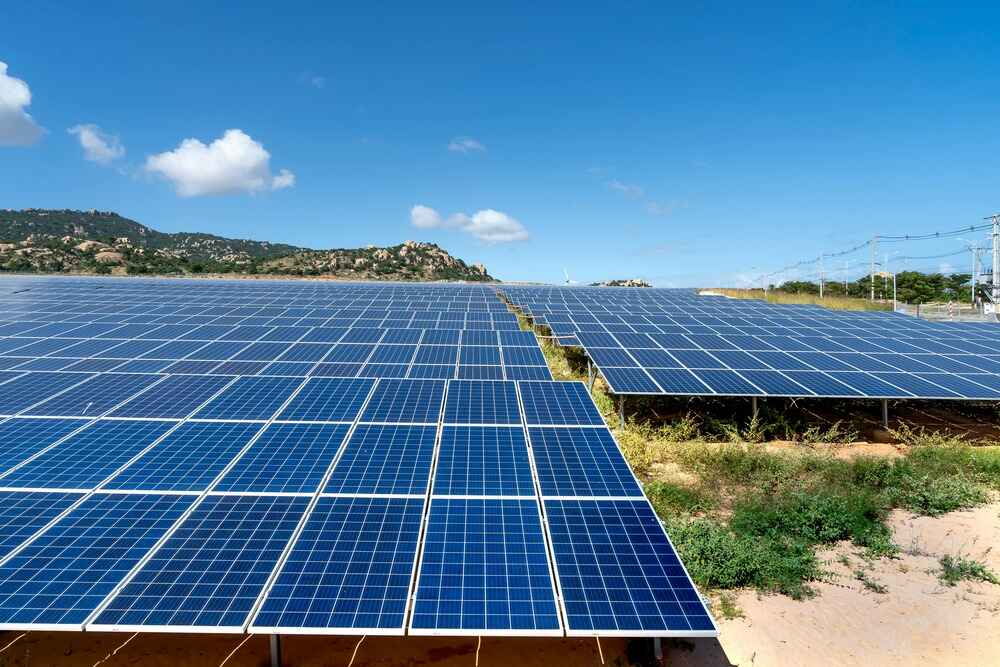
Table of Contents
- Introduction
- Why Tilt and Orientation Are Important for Solar Panels
- Ideal Solar Panel Direction in the US
- Best Solar Panel Tilt Angle in the US
- Seasonal Adjustments: Winter vs. Summer Angles
- Using a Solar Panel Tilt Calculator in the US
- Special Cases: East, West, and North-Facing Roofs
- Impact of Cloudy or Regional Weather on Solar Panel Efficiency
- How Southvine Energy Designs for Maximum US Solar Panel Output
- Conclusion
1. Introduction
When it comes to the effectiveness of solar panels in the United States, both the tilt and the direction of the panels are just as important as the type of system you install. With the US spanning multiple climates—from sunny deserts in Arizona to cloudy regions in the Northeast—understanding the best tilt angle and optimal orientation can significantly improve solar panel output.
At Southvine Energy, we specialize in designing solar panel systems that deliver maximum performance across the diverse conditions of the US.
2. Why Tilt and Orientation Are Important for Solar Panels
The direction and tilt angle of solar panels determine how much sunlight they capture throughout the year. By optimizing these two factors, homeowners and businesses can:
- Generate more solar energy
- Shorten payback periods
- Improve performance year-round, from sunny summers to low-sun winters
3. Ideal Solar Panel Direction in the US
For most of the US, south-facing solar panels deliver the highest efficiency, since they receive the most consistent sunlight throughout the day.
However, other orientations may still be practical:
- East- or west-facing panels: Slightly lower production, but they can help balance morning and evening energy use.
- North-facing panels: Typically the least effective in the Northern Hemisphere, but with advanced panels and proper tilt adjustments, they can still contribute to overall energy needs.
4. Best Solar Panel Tilt Angle in the US
The ideal tilt angle depends largely on latitude:
- Southern states (Florida, Texas): 20°–30° tilt works best.
- Mid-latitude states (California, Kansas, Virginia): 30°–35°.
- Northern states (Minnesota, Washington): 35°–45°.
A well-calculated tilt angle ensures panels capture the maximum sunlight, even in areas with frequent cloud cover.
5. Seasonal Adjustments: Winter vs. Summer Angles
The sun’s path changes dramatically across the seasons in the US. To maximize production:
- Summer tilt angle: ~15°–25° (to match the higher sun).
- Winter tilt angle: ~40°–50° (to capture lower sun paths).
- Adjustable mounts: Allow homeowners to adapt between summer and winter for better efficiency.
6. Using a Solar Panel Tilt Calculator in the US
A solar panel tilt calculator lets property owners estimate the best tilt based on their ZIP code or geographic coordinates. This provides a custom angle recommendation, whether you’re in sunny Los Angeles, humid Houston, or cloudy Boston.
At Southvine Energy, we rely on advanced software tools to design precise installations tailored to each region’s solar potential.
7. Special Cases: East, West, and North-Facing Roofs
Not every US home has a perfectly south-facing roof. Here’s how orientation impacts performance:
- East- or west-facing panels: Generate ~15–20% less energy than south-facing but can align with typical household usage.
- North-facing panels: Least efficient, but strategic tilt adjustments and high-efficiency panels can still yield useful results.
8. Impact of Cloudy or Regional Weather on Solar Panel Efficiency
Many US homeowners ask: “Do solar panels work on cloudy days?” While output decreases during overcast weather, modern panels capture diffused sunlight, allowing consistent production.
- In sunny regions like Arizona or Nevada, tilt and direction maximize already high output.
- In cloudier states like Oregon or New York, proper tilt and advanced panel technology ensure reliable performance year-round.
9. How Southvine Energy Designs for Maximum US Solar Panel Output
At Southvine Energy, we go beyond basic installation. Our process includes:
- Evaluating the best solar panel orientation for each property
- Calculating the ideal tilt angle by region and ZIP code
- Factoring in seasonal sun paths for optimized energy production
- Using advanced tilt calculators and modeling tools to ensure maximum efficiency
This ensures every installation delivers long-term savings, energy independence, and optimal performance.
10. Conclusion
For homeowners and businesses in the US, the tilt and direction of solar panels are crucial to maximizing output. While south-facing panels remain the gold standard, east, west, and even north-facing roofs can still benefit from professional design adjustments.
At Southvine Energy, we help customers across the US unlock the full potential of solar energy by tailoring solutions to each location’s unique climate—delivering efficiency all year round, whether under sunny skies or cloudy conditions.


